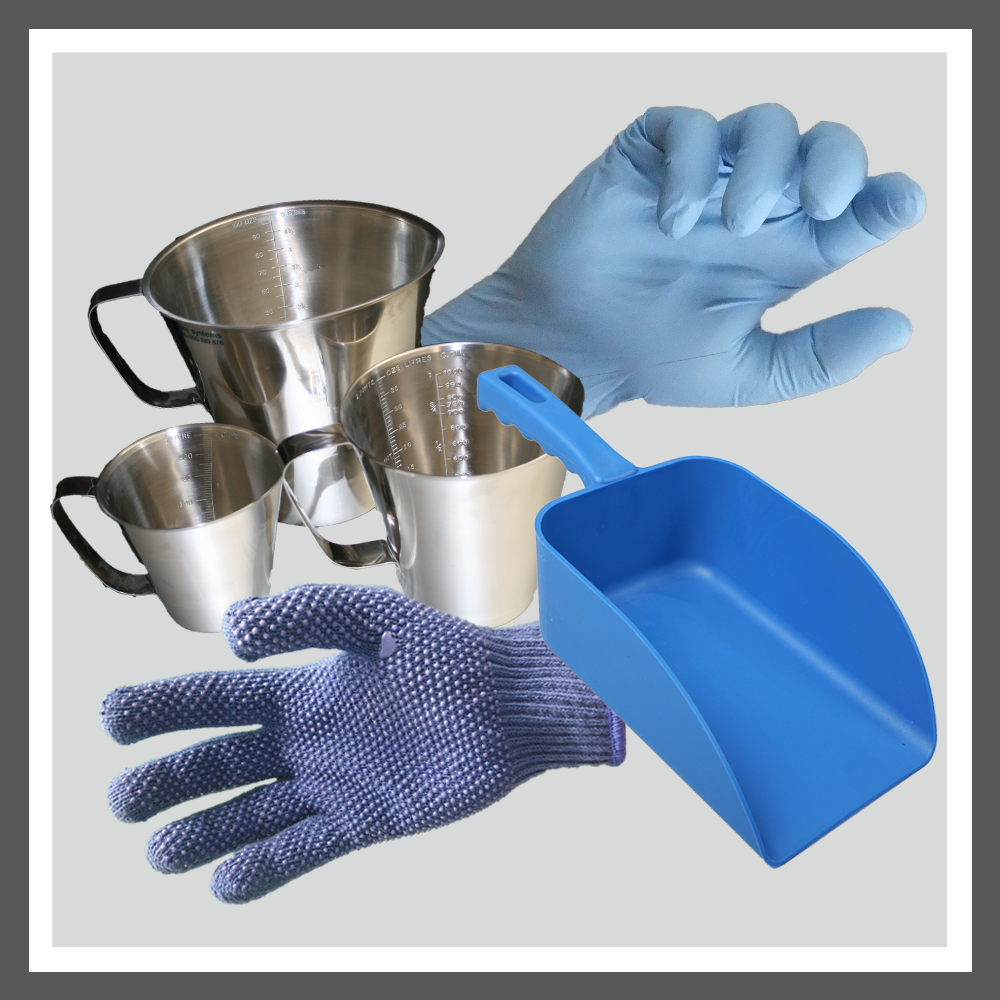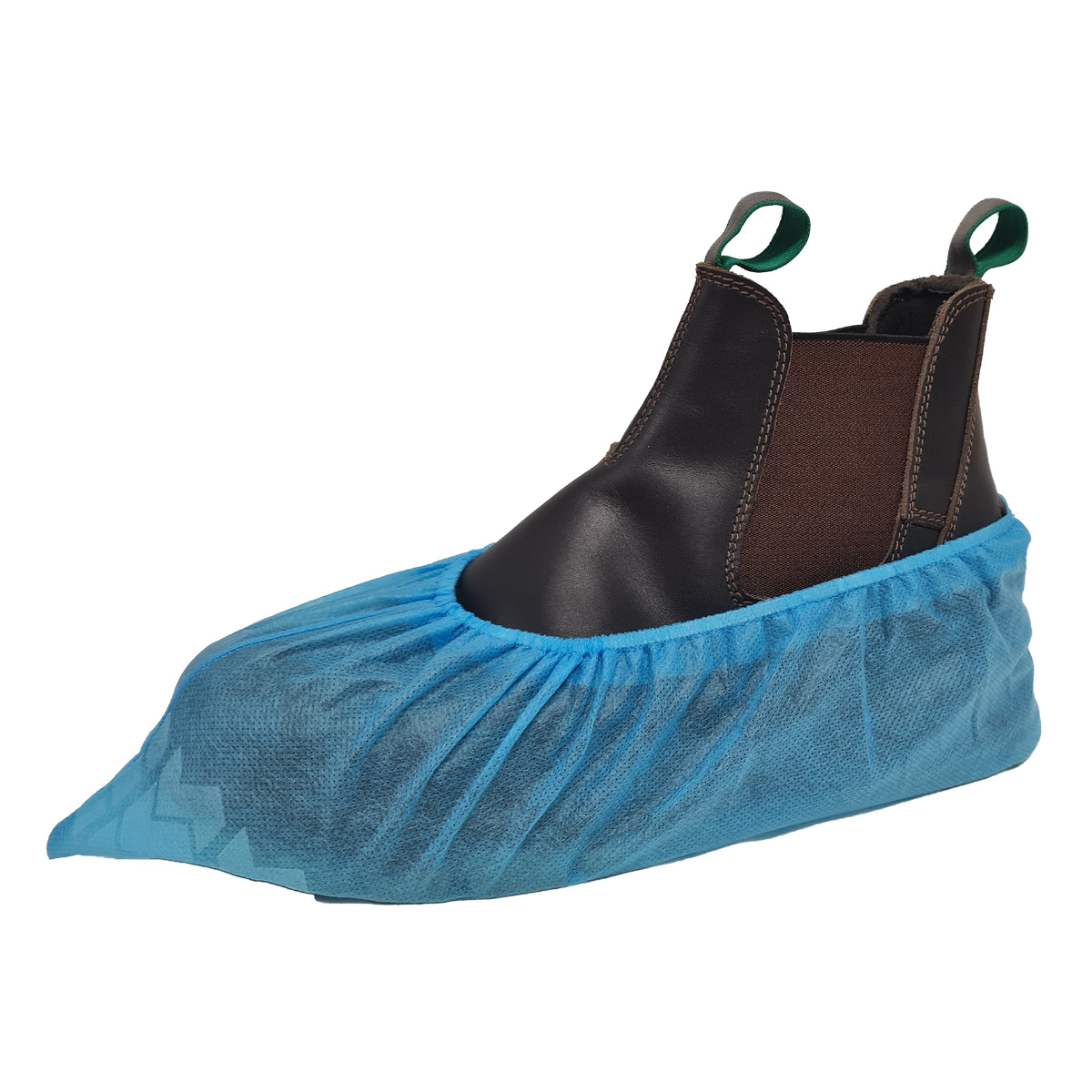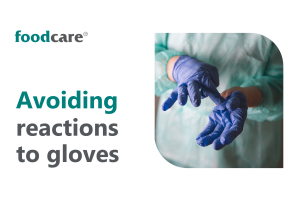Let’s Get To Know Food Safe Materials

While large parts of the Australian food processing market are now automated, there are still inevitably areas where contact with food is necessary. While we typically think of this in terms of gloves, there are many other materials that also come into contact with food. How and why are some products appropriate and others not?
Hygiene and quality are two of the highest priorities. So, it is critical to assess what materials come into contact with food at all times.
Some of the more familiar materials include plastic, metal, rubber, and textiles. Some materials such as glass ae now rarely found in food production areas. Glass is often considered too dangerous to be allowed into production areas, its brittleness increases the potential of it smashing and contaminating food with sharp shards. This is obviously unacceptable, and many food facilities are glass free.
Textiles, such as cotton gloves, hair nets and wipes, are generally suitable and food grade. They are typically made from a mix of natural fibres and plastics. The natural fibres, primarily cotton, provide absorbency, breathability, and comfort if worn. Natural fibres generally pose no risk to food. The percentage of plastic in the material provides additional strength, making the product more durable. Whilst most textiles are suitable to be in contact with food, the only drawback is the potential of lint. Also, wipes may contain chemicals and germs picked up from surface cleaning so they must also not come into contact with food.
Metal, a strong durable material with the added advantage of being reasonably resistant to chemicals and extremely hot temperatures, is another material found in all food production and food processing environments. Although there are many types of metals, including copper, steel and iron, only stainless steel is suitable for contact with food. Stainless steel is resistant to rust and has no chemicals, colours, flavours or smells that can transfer to food, thus making it perfectly suitable. As mentioned above, heat resistance and strength, are the two features that differentiates stainless steel from plastic. Having the advantage of being very easy to clean and maintain, it is common in both commercial and domestic kitchens. However, there are varying grades of stainless steel, so it is important to use food grade stainless steel for optimal results.
Plastics are very common in the food industry. However not all types are suitable. Plastic is made from a mixture of materials including fossil fuels such as coal and natural gases. Some of the more common food grade plastics include polypropylene, both high- and low-density polyethylene and Polyethylene Terephthalate (PET). These are considered to have no health risks, and will not transmit any chemicals, odours, or flavours into the food. Plastic is appreciated for its wide variety of applications. From flexible scrapers or paddles to bowls. Many plastic options have high heat resistance levels, but they are obviously not able to match those of metals.
Rubber is most used in gloves. There are again, many types of rubber, most common is nitrile and vinyl in the food industry, while this was covered in a previous blog post, nitrile is by far the most popular with its high puncture resistance, dexterity and being both chemical and powder free. Vinyl gloves are still used as they are less expensive and comfortable enough if worn for short periods at a time.
Food safe materials are considered so if they pass rigorous testing to ensure they are in no way harmful to food. Obviously, the materials must also be kept clean and in good condition for them to be safe to be in contact with food. Research and technology have advanced our knowledge and awareness of this, and both help to ensure that food safe products are of the highest quality with minimum or no risk to consumers.






